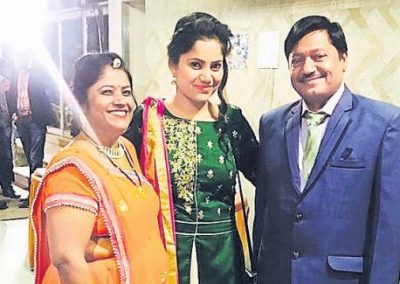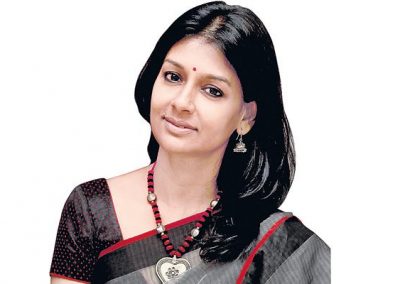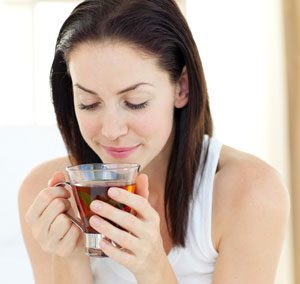From a chicken chai kebab to a jasmine tea creme brulee, chefs are taking your favourite beverage out of the teacup
Enjoy sipping a perfectly brewed cuppa? Then you will be delighted to learn that tea has made its way into the food we eat as well. Creative chefs are making use of tea to enhance flavour profile.
Gone are the days when the leaves were only used to impart a darker colour to a dish of chole. As Chef Dawa Lama, Executive Sous Chef, W Goa, puts it, “The different and distinct flavours of tea play a very important role. Based on that, it acts as an ingredient to enhance or impart a unique flavour.”
For instance, lamb chops or pork chops that are marinated in black tea with lemon and vegetable oil. Chef Gregory Bazire at Brooke Bond Taj Mahal Tea House, Mumbai, states, “I personally like to use tea as a medium when I steam or broth chicken or seafood.” He thus creates green tea smoke king fish with lentil salad, and a Darjeeling tortellini with spicy coulis.
Chef Gregory adds, “Tea is a really exciting ingredient to work with. In the kitchen, it offers a wide range of subtleties, mostly expressed through beverages, which are the easiest way to use the ingredient. But over the years, the ingredient has evolved from its original form.”
The teas primarily used in the kitchen are jasmine, smoky mountain, Darjeeling, matcha green and Earl Grey.
Let it seep
Chef Kedar Bobde, Corporate Executive Chef, deGustibus Hospitality, elaborates, “It can be used as a cold brew, where it is seeped overnight into wine vinegar and then used as a dressing. One can also prepare a dry rub, especially with teas with strong flavours like mint and bergamot. Make sure you add the tea towards the end of cooking, and let it impart flavours.”
Infusing is the preferred choice for most chefs. They recommend using a lightly flavoured tea as a substitute for plain water when cooking grains. Cooking pasta in fennel tea is another popular choice, as is boiling prawns in oolong tea.
Apart from water, chefs also add tea to other liquids while cooking, to bring out more varied flavours.
Uchit Vohra, executive chef, ITC Gardenia Bengaluru, explains, “Tea is all about infusion with the desired liquid or ingredient. It can be water, milk or cream. Infused tea can then be mixed with ingredients like gelatine, eggs, etc”.
Chef Gregory goes a step further. He enjoys poaching or creating a broth for chicken with smoke tea or jasmine tea. He also grinds tea to incorporate in pasta dough. The stock of Darjeeling tea, he says , can be added to a risotto.
For your sweet tooth
From doughnuts to chocolate tarts, matcha tea has made its way into several desserts across India. Chef Uchit lists out a string of examples, “It can be frozen into a sorbet, or used to add flavour and colour to the dish. In green tea tiramisu, it is used as an ingredient. In crème brulee, it is a setting agent, being mixed with egg. In chamomile tea sorbet, it is infused in sweetened water.”
According to Chef Uchit, evergreen favourites of guests are desserts like jasmine tea sorbet, green tea tiramisu and jasmine tea crème brulee.
Chef Kedar, in turn, talks of green tea and raspberry cakes, adding, “I prefer chamomile with elderflower honey for a delicate panna cotta.”
Chef Dawa says, “Currently on our menu, we have restricted the use of tea only to the sweet tooth, but we have used tea in savoury dishes as well, mainly as high tea-themed dishes.”
Play of power
Tea requires careful handling. Balancing the flavour is key, according to most chefs.
Says chef Uchit, “The brew should not overpower the hero ingredient. Tea, when over-brewed, can give a bitter taste, because of the tannin content in it. So one has to know the exact specifications: different temperatures are maintained for brewing different types of tea.”
Chef Gregory concurs, “I look for a fine balance between seasoning, main ingredient and the chosen tea flavour, which is important.”
Clearly, for these chefs, any time is tea time.







